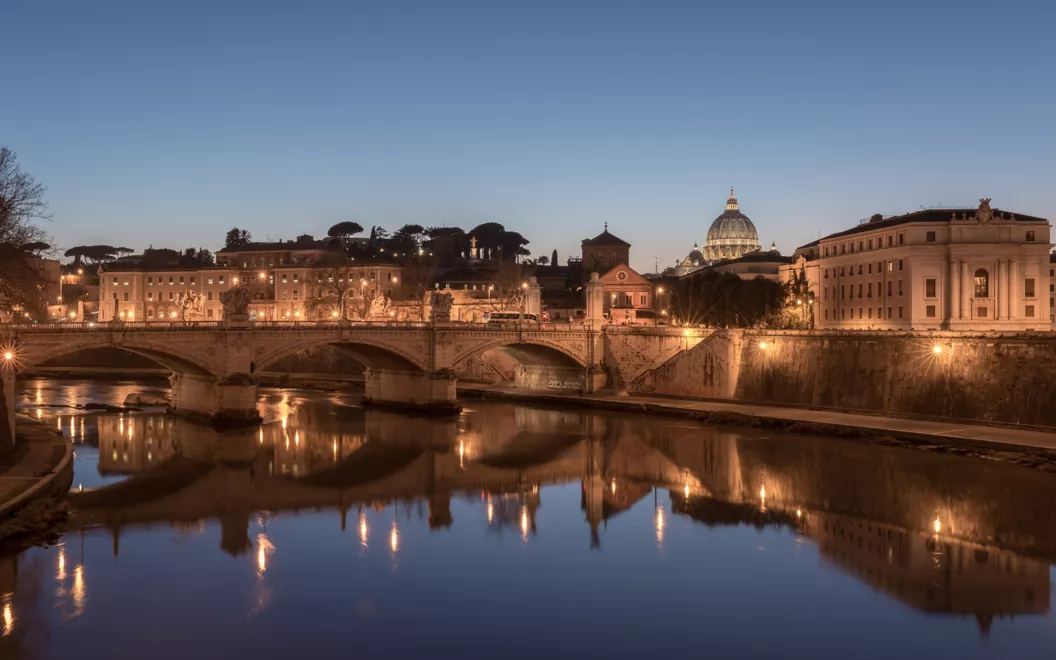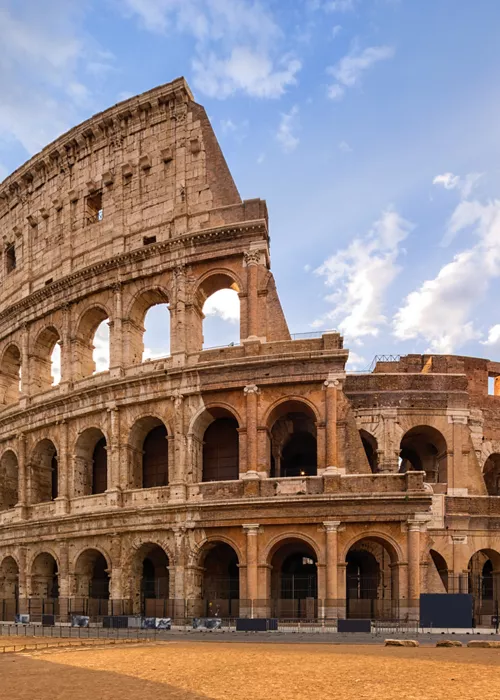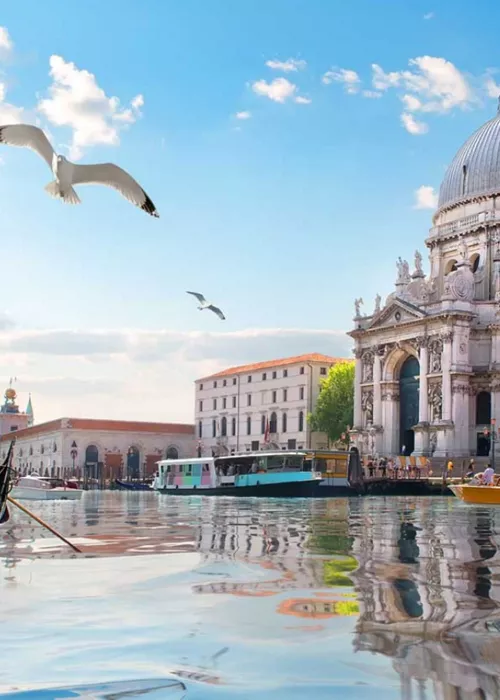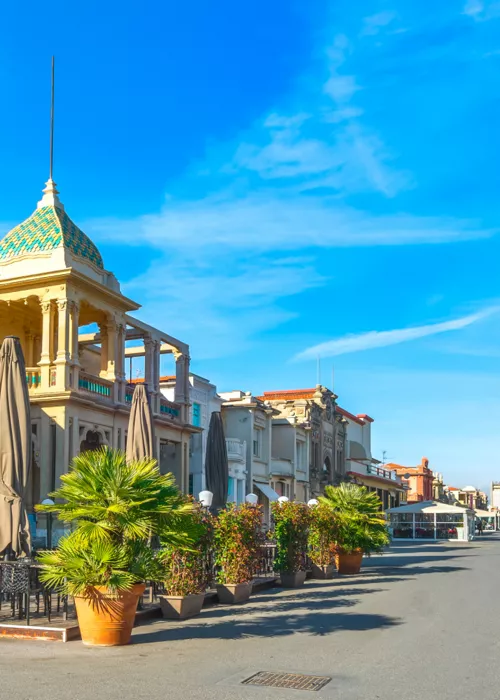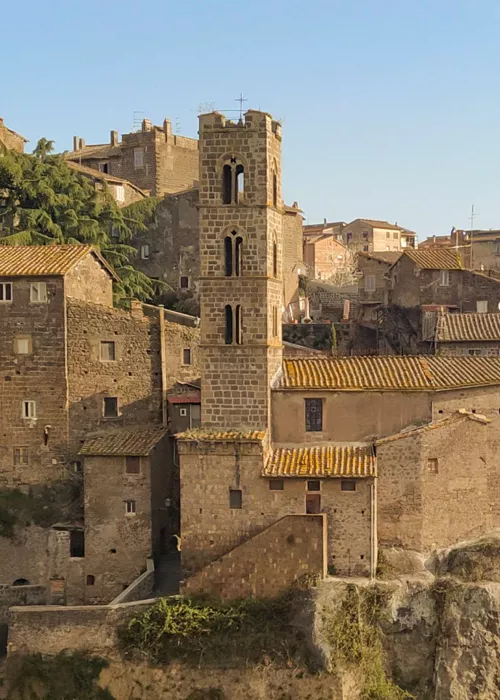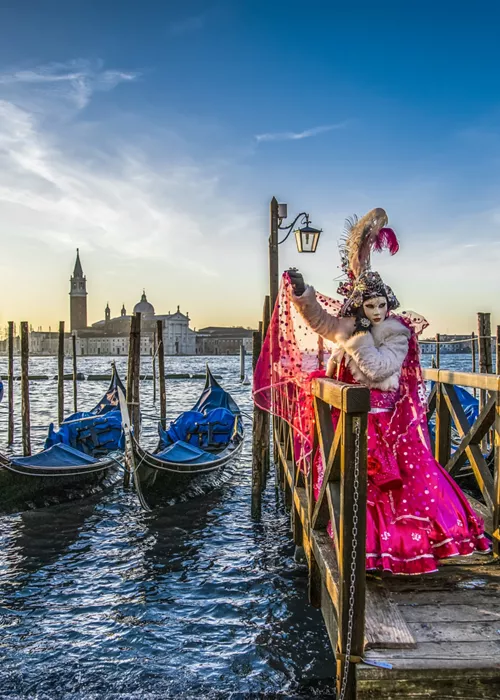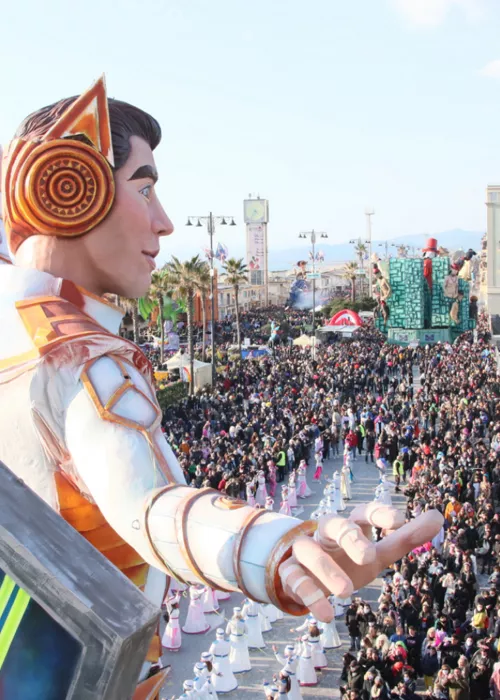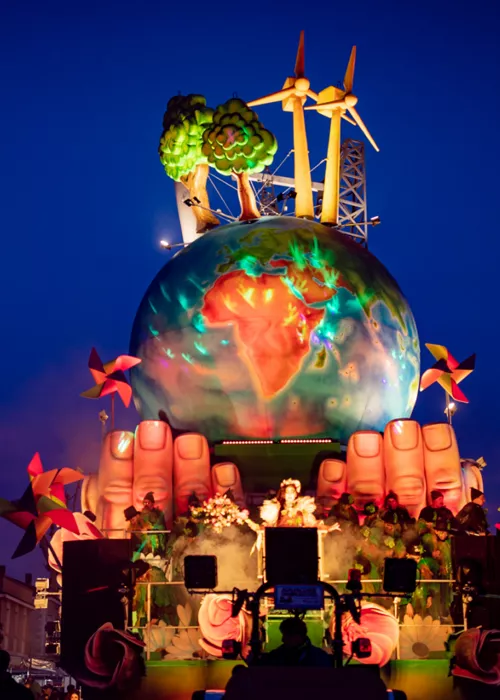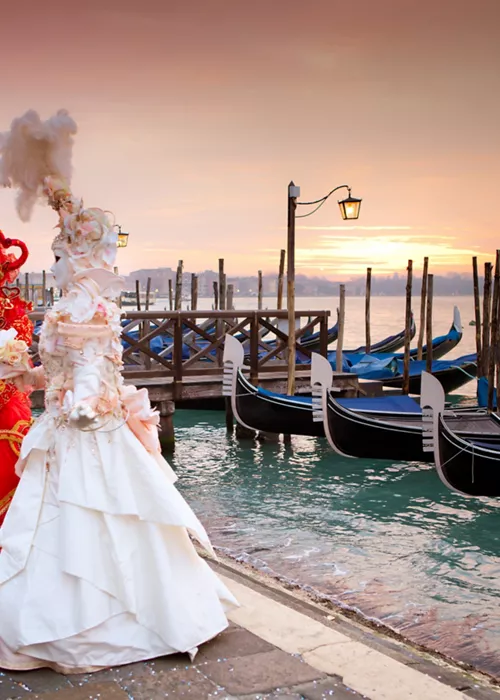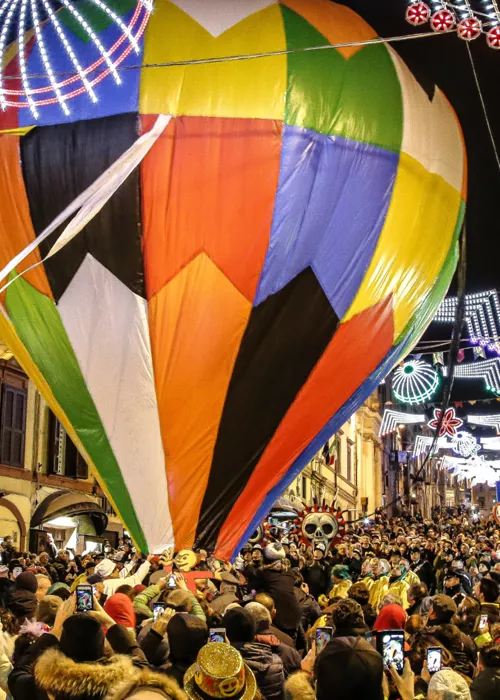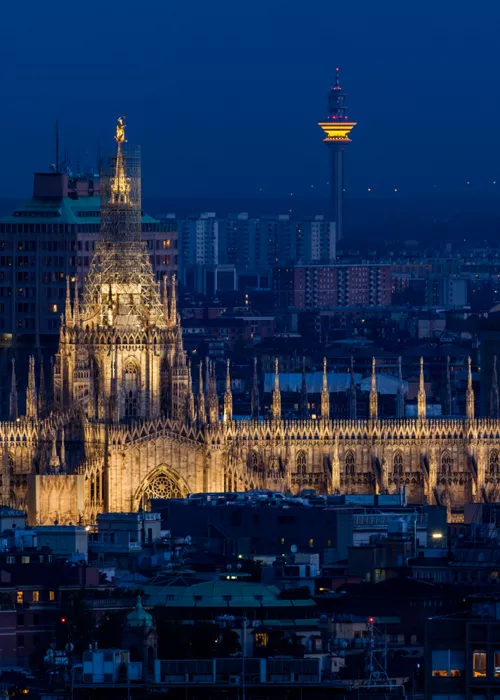The Carnival of Rome from its origins to today: an all-Italian religious festival
3 minutes
The Carnival of Rome, or Roman Carnival, is celebrated in the period of the year preceding Lent and boasts an ancient history. It’s the ultimate celebration of the people, in which the rules of daily life are temporarily suspended giving way to the imagination. Immerse yourself in Rome and experience an extraordinary show, a crazy week dominated by disguises, sketches, parades and people, and a riot of sweets.
Let yourself go and if you want, dress up too, to become a protagonist of the Roman Carnival, or simply enjoy the party, a joy for adults and children.
The history of the Roman Carnival
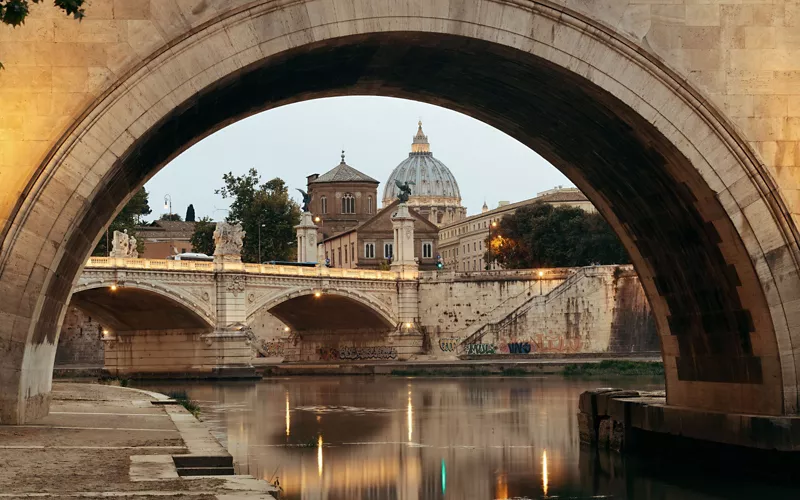
Like all Italian traditions, the Roman Carnival also has roots in a distant past, which have unfolded over the centuries to arrive at today's version: a contemporary celebration that keeps the ancient charm intact.
Its history originates with the pagan rites called Saturnalia, from the imperial era. In December the god Saturn was honored in the temple and the whole population was invited to celebrate. In those days, the servants dressed up as masters, in an explosion of joy, fun, food and wine. The definitive Roman Carnival dates back to the Middle Ages, around the tenth century, and since then the festivities have been placed in the period preceding Lent, culminating in Easter. In medieval times, games and tournaments were held during the Carnival. Later, even the papal power codified places and types of entertainment.
The Carnival party in ancient Rome
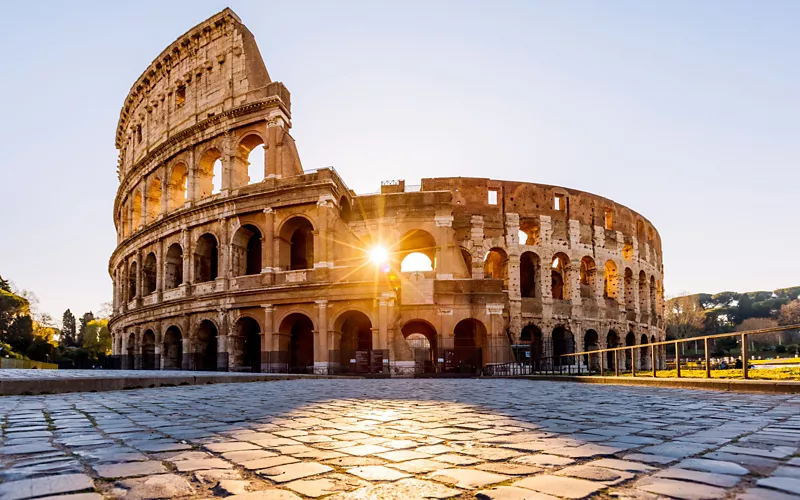
One of the events of the past celebrated during the Carnival days was the Festa dei Moccoletti, an impressive torchlight procession, while the key event was the Corsa dei Berberi, a competition between horses not mounted by jockeys. The population participated en masse and the city was filled with masked people throwing confetti and flowers and clowns who invented all sorts of jokes.
The spirit of Carnival is still: to laugh and exaggerate, with a little added mischief. It’s the people’s festival, in which anyone can invent a new personality through disguise, and become "King for a day". As an ancient legend states; it is a liberating moment for the motto “every joke counts at Carnival”.
What is the difference between the Roman Carnival and the Ambrosian Carnival?
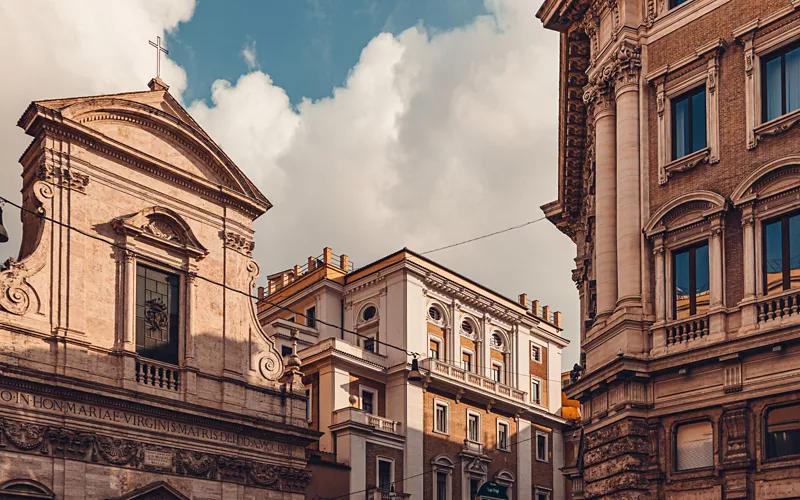
In Roman rites, Carnival begins on "Fat" Thursday, the week before Ash Wednesday, the day when the period of Lent begins. The last day is “Shrove” Tuesday. Carnival is celebrated throughout Italy on these dates, with different celebrations and traditions in every city and small town.
In Venice is the most sumptuous one, with a display of finely embroidered sartorial period clothes and the famous handmade paper-mâché masks, an inevitable souvenir. Viareggio hosts one of the most famous carnivals in Italy thanks to the spectacular parade of floats, while Ronciglione is known for the horse race of knights in costume.
The exception is Milan. Here, in the churches of the Archdiocese of Milan, the Ambrosian Carnival does not end on Shrove Tuesday, but on the following Sunday, the first of Lent. The reason? It was Sant'Ambrogio himself, the patron bishop of Milan, who asked to postpone it since he was not in the city and wanted to participate. The key day is the "fat" Saturday. The festive atmosphere is the same as in other places in Italy, but the dates differ.
Carnival sweets in Rome: why diets are forbidden
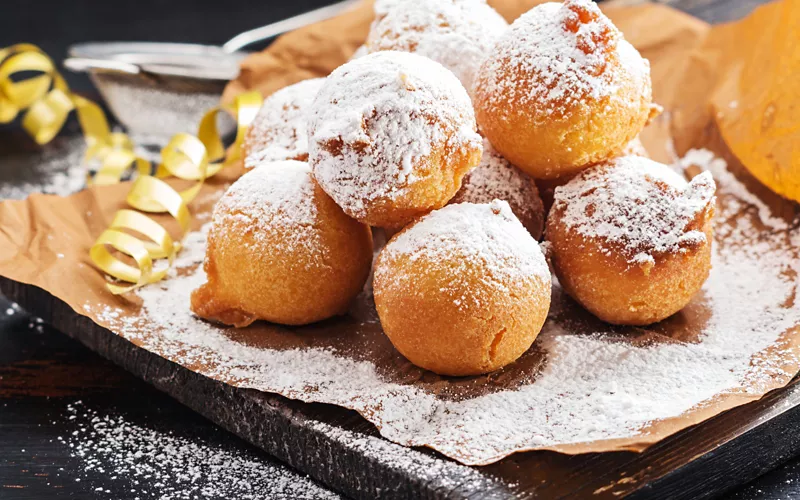
As you move through the fun chaos of the Roman Carnival, don't miss the tasty specialties associated with this festival, including, in particular, the desserts.
Carnival is about abundance and pleasure and therefore the traditional desserts are all fried: frappe, castagnole and ravioli filled with ricotta. Follow the scent that every pastry shop and bakery gives off and try everything: you’ll find yourself in a cloud of icing sugar, while the palate is caressed by the taste and textures of the crumbly pastries.

